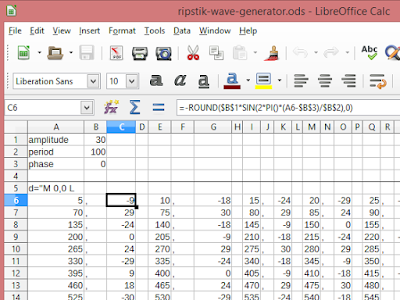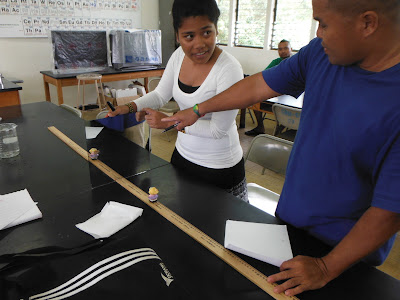Technology as educational motivator, formative assessment tool, and documentation of both

The voice on my arm chirped "Four kilometers. Twenty-four minutes and ten seconds. Five minutes and fifty-three seconds per kilometer." With that data I knew I could run a sub-30 minute five kilometer time, but I would have to push harder. That is formative assessment at its absolute best: exactly the data the student needs at the exact moment the student needs that data and delivered in a way that was completely accessible to a student with his hands full. When I run, I juggle, a sport called "joggling." Joggling means my hands are literally full and constantly in motion, I have no ability to check a wrist mounted pace monitor ~ ~ ~ "How are you doing in that class?" I asked Bill as part of a advisor-advisee conversation just after early warning. "I don't know," he responded. "Why not?" I asked. "The teacher has not marked any of our papers, we don't have a grade yet," he replied. At midterm I asked B...







